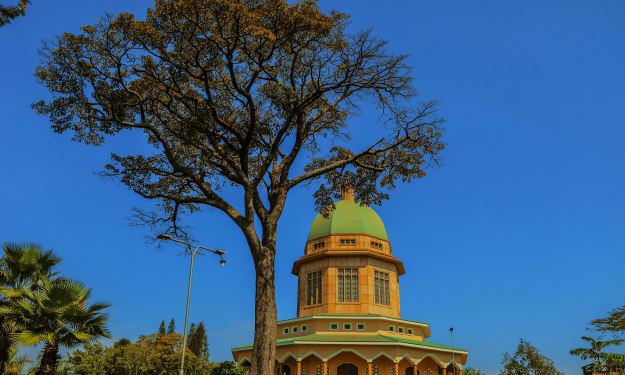El Caracol: The Mayan Marvel of Astronomy and Architecture
History

El Caracol, an ancient Mayan observatory located in Chichen Itza, stands as a testament to the advanced astronomical and architectural skills of the Mayan civilization. Known for its unique circular design, El Caracol, meaning "the snail" in Spanish, is an intriguing structure that has captured the imagination of archaeologists and tourists alike. This remarkable edifice offers profound insights into the Mayans' sophisticated understanding of astronomy and their ability to integrate this knowledge into their architectural endeavors.
El Caracol is believed to have been built around 906 AD, during the late Classic period of the Mayan civilization. Its design is distinctive, featuring a round tower on a rectangular platform, an unusual architectural choice in Mesoamerican construction. The tower's spiraling interior staircase, which gives the structure its name, and the strategically placed windows suggest its use as an observatory. These windows align with various celestial events, such as the equinoxes and solstices, underscoring the Mayans' precise astronomical calculations and their importance in Mayan culture.
The Mayans were renowned for their astronomical prowess, and El Caracol is a vivid illustration of this expertise. The structure's windows align with the appearance of Venus, the Sun, and the Moon at specific times of the year. Venus, in particular, held significant importance in Mayan cosmology and was associated with warfare and agriculture. Observing Venus’s cycles allowed the Mayans to plan military campaigns and agricultural activities, demonstrating the practical applications of their astronomical knowledge. This alignment also reflects the Mayans' ability to integrate their scientific observations with their religious and social practices, a hallmark of their civilization.
El Caracol's location in Chichen Itza, one of the largest and most significant Mayan cities, further emphasizes its importance. Chichen Itza was a major economic, political, and religious center, and the presence of such an advanced observatory indicates the high value placed on astronomy and its role in governance and daily life. The observatory's proximity to other significant structures, such as the Temple of Kukulkan, also known as El Castillo, highlights the interconnectedness of Mayan architecture and astronomy. The Temple of Kukulkan itself is an architectural marvel that aligns with the equinox, demonstrating how the Mayans integrated celestial events into the design of their major structures.
The construction of El Caracol showcases the Mayans' engineering capabilities. The round tower, a departure from the typically rectangular buildings of the period, required advanced knowledge of geometry and structural engineering. The tower's height and the precise placement of the windows would have necessitated careful planning and execution. This level of sophistication indicates that the Mayans were not only skilled astronomers but also adept engineers, capable of creating complex structures that have stood the test of time.
The preservation of El Caracol allows modern visitors and researchers to appreciate the ingenuity of the Mayans. Despite centuries of exposure to the elements, the structure remains remarkably intact, a testament to the durability of Mayan construction techniques. Efforts to preserve and study El Caracol continue to provide valuable insights into Mayan civilization, enriching our understanding of their culture, science, and architectural achievements.
El Caracol's significance extends beyond its immediate architectural and astronomical functions. It serves as a symbol of the Mayans' intellectual achievements and their deep connection to the cosmos. The observatory is a reminder of the Mayans' ability to harmonize their scientific pursuits with their cultural and religious practices. This integration of knowledge and belief is a defining characteristic of Mayan civilization and is vividly embodied in the structure of El Caracol.
In conclusion, El Caracol stands as a monumental example of the Mayan civilization's sophisticated understanding of astronomy and their exceptional architectural skills. Its unique design, precise celestial alignments, and enduring construction highlight the Mayans' advanced scientific and engineering capabilities. As a centerpiece of Chichen Itza, El Caracol not only underscores the importance of astronomy in Mayan society but also serves as a lasting legacy of their intellectual and cultural achievements. This ancient observatory continues to fascinate and inspire, offering a window into the brilliant minds of the ancient Mayans and their profound connection to the cosmos.
About the Creator
Marveline Merab
“History never repeats itself. Man always does.”
― Voltaire
Enjoyed the story? Support the Creator.
Subscribe for free to receive all their stories in your feed. You could also pledge your support or give them a one-off tip, letting them know you appreciate their work.






Comments
There are no comments for this story
Be the first to respond and start the conversation.